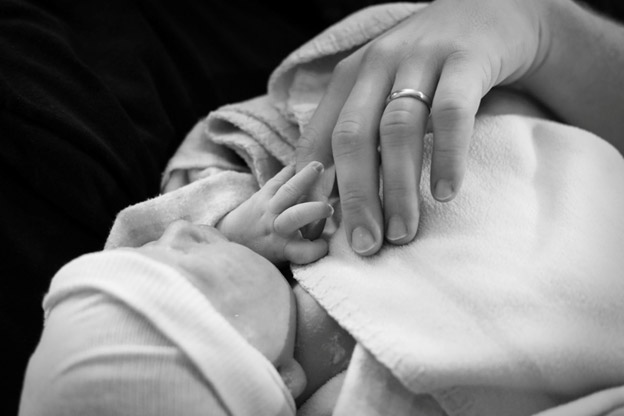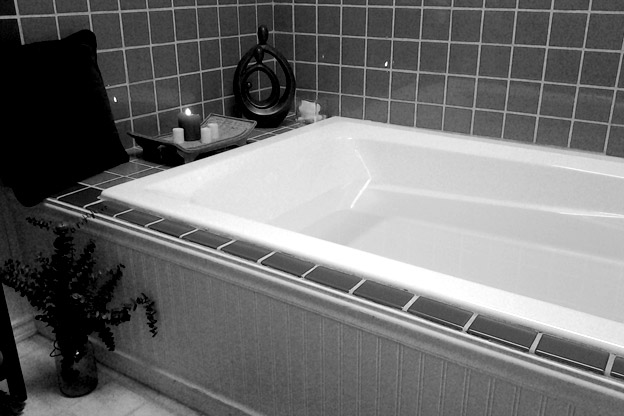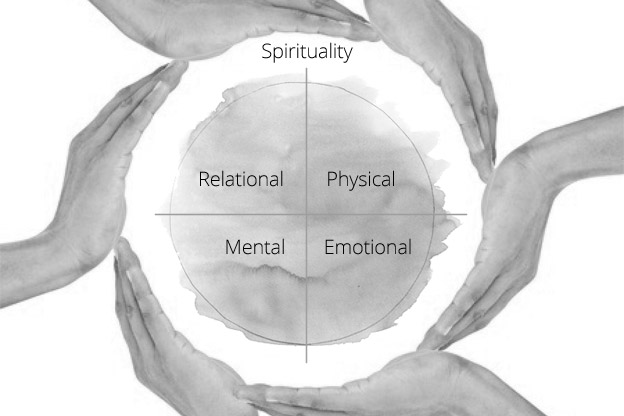
Personalized Care
Respecting the parents as the primary decision makers for their birth and postpartum care is a value we hold close to our heart.
Prenatally we take the time to talk about any concern or question the mom or family may have, spending about twice the amount of time each prenatal appointment than medical care facilities do. We strive to include husbands, mothers, sisters, or any other family members in the pre natal care and birth, making care with us an individualized experience. Because our facility is set up to resemble a home or a spa (rather than a medical setting), most people find it easier to relax and discuss intimate concerns and desires. We listen. And we offer education. We then support the family in decisions regarding their baby’s health. The parents we work with make health decisions for their own families without coercion or intimidation.
An expecting mother knows that the midwife her family has come to know and trust throughout pregnancy will also be with them throughout labor and birth. The family unit is cared for as a whole keeping mommies and babies together at every opportunity.
The newborns are placed directly on the mother’s chest following the birth and allowed to stay there throughout the newborn exam. Umbilical cords are allowed to fully oxygenate the newborn and are only cut at parents’ request.
We understand that babies and parents have a heightened ability to bond in the first hours postpartum. Bonding of the family helps reduce incidences of abuse, neglect, postpartum depression, breastfeeding difficulties, stress, infection and disease, sibling rivalry and divorce. We honor this sacred time by encouraging skin to skin contact with the newborn and keeping the atmosphere dimly lit, quiet, warm and free of distractions or interventions. We often offer an herbal bath for moms and newborns. Newborn care, such as weighing the baby, bathing or clothing the newborn are either done by the family themselves or by us only with parental permission.


